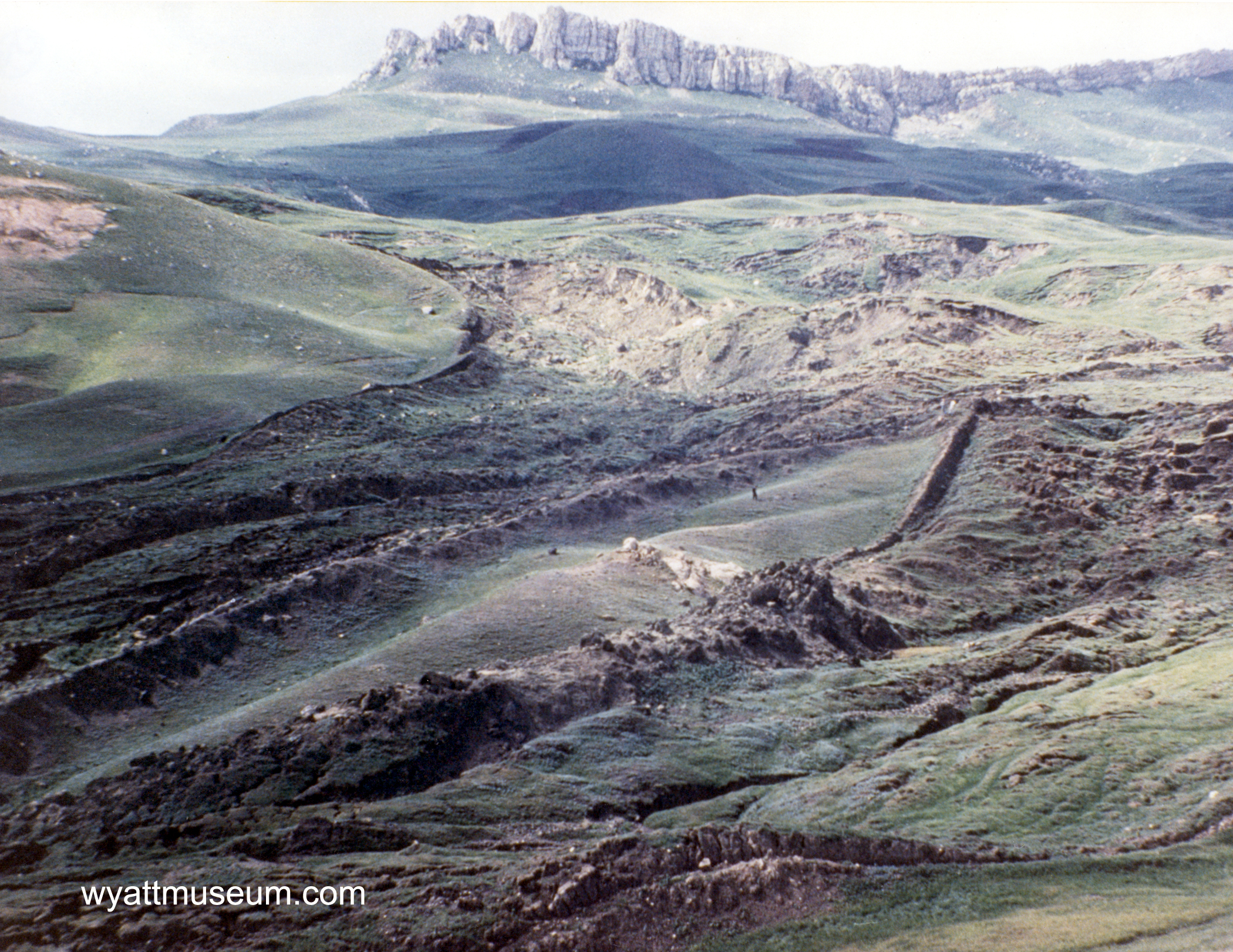
NASHVILLE, Tenn. (BP)–It had been 17 long years since Ron Wyatt first had read about the 7,000-foot site “in the mountains of Ararat” that he believed might actually hold the remains of Noah’s Ark. Now his children were older, he had some money put away, and for the first time he had two weeks of vacation.
On Aug. 9, 1977, Wyatt and his two sons, Danny, 17, and Ronny, 15, arrived in Istanbul. Traveling by bus, train and taxi, it took them four days to reach Dogubeyazit, the village closest to the site mentioned in the LIFE article.
Wyatt wondered how he would ever find the location — described only as “20 miles south of Ararat” — in an area where very few people spoke English. He and his boys prayed that their taxi into Dogubeyazit would stall where they were to begin looking. The taxi stalled three times, and they piled stones to mark each location.
The next day, they returned to the closest of the stone markers and began walking into the countryside. After crossing several miles of rugged terrain, they came to a very large rock that was standing on its end. Wyatt recognized that it was similar to Mediterranean drogue “anchor stones,” hung from the back of a ship to prevent its being swamped by keeping the bow turned into the waves.
On closer examination, he found eight crosses carved on the stone’s face. The villagers serving as his guides showed him several other similar stones in the area. Then his guides took him to an ancient graveyard, where the monuments were inscribed with what looked like simple pictures of a three-story boat.
The second day, they began walking into the countryside at the second pile of rocks. Not far from the road, they came upon a stone house so old that the years had buried it four feet into the ground. On two large stones in the front yard, he saw simple pictures carved: an arc above a boat that rode on a wave and figures of eight people — two of whom had eyes closed and heads tilted down. Stone fences, also partially buried in the soil, ran outward from the house, like animal pens. In a valley behind the house, they found a large, square rock and a series of small, stone pens.
The third day, they began at the third pile of stones. Their taxi followed a dirt road to its end in the mountains, then they walked through the gully-riddled landscape. He wondered how he would be able to find the boat-shaped object.
Suddenly, there it was before him. Though he was more convinced than ever that it was the remains of a ship, he also knew only excavation would uncover the truth about what was buried there — and that would have to happen on another trip.
NEXT: Earthquake revelations, 1979
–30–

















